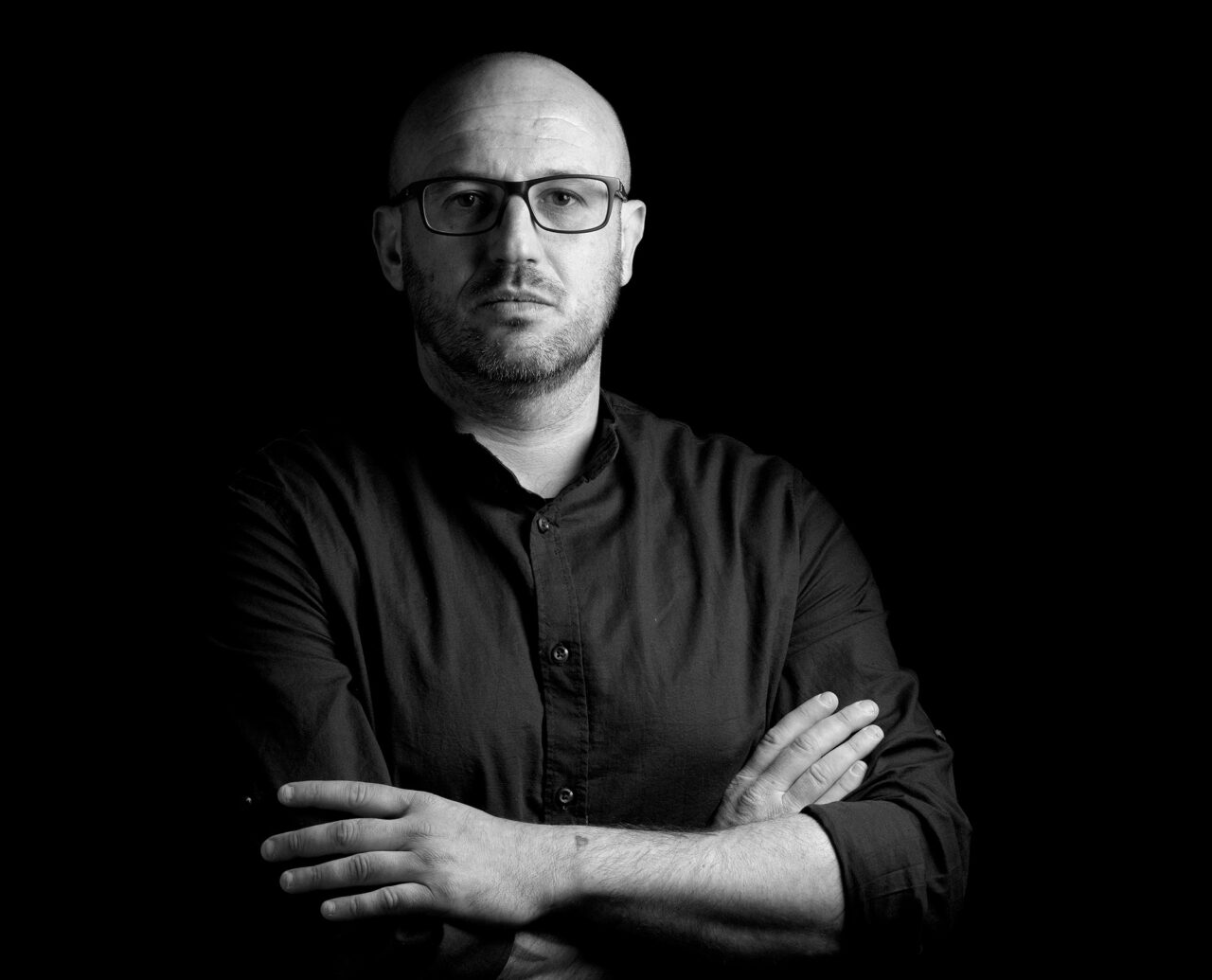An open mind
In the past three years Frattaruolo’s studio has won 23 separate awards, including the HP Indigo Selection Award from Fedrigoni Top Awards for his project with Camaiore brewery, Birrificio sul Mare. ‘I prefer customers who like to invest in innovation by experimenting with materials and new forms of design.’
Frattaruolo says his exposure to a range of subjects, from anatomy, illustration and design to learning about materials and media, serves him well as a designer. He says his studies at the Academy of Fine Arts in Carrara gave him ‘an open mind to integrate the different disciplines.’ However his passion for design and illustration came from direct experience.
‘For me, record shops and bookshops were temples, places of refuge,’ says Frattaruolo. ‘I spent a lot of time studying book covers and rock, metal and punk vinyl [sleeves], where illustration and the choice of typefaces played a central role in the composition.’
Beyond aesthetics
Many of his projects are for the drinks industry, designing packaging for craft ales and weiss beers for Birrificio Occupato and Birrificio Badala, as well as many wines and spirits brands. The packaging that Frattaruolo and studio created for Essentia, a ‘gentian amaro’ liqueur, was developed in collaboration with executive chef Fabio Valtorta of Rome’s Hespresso restaurant.
‘For Essentia, I used many innovative techniques, creating a 3D sculpture on the label with an embossed multilevel cliché,’ he says. ‘In addition, I created a special finish to recreate the tactile sensation of marble. I paid special attention not only to aesthetics, but also to the usability of the product, which, thanks to the embossed creation, guarantees a good grip by the user.’
The Essentia packaging design is harmonious, yet practical and technically innovative, integrating artistry, craft and science. Choose the right materials, he insists, and the user’s experience of a particular design can be transformed. ‘Successful, persuasive and effective packaging increases performance and reduces business risk,’ says Frattaruolo. ‘It is therefore important to use papers with specific characteristics such as embossing (“hypanema”), which creates a sensory interaction, or other care such as ultra-white cotton paper that enhances the illustration.’
Frattaruolo believes that it is no longer aesthetics alone that drive interest in a product, or create desirability. ‘There is a need to focus on the use of sustainable materials, which not only improve the perception and reputation of the company, but also create an advantage in terms of turnover,’ he adds. ‘According to market surveys, in fact, consumers are willing to spend more if the product is also entirely sustainable in its appearance.’

















